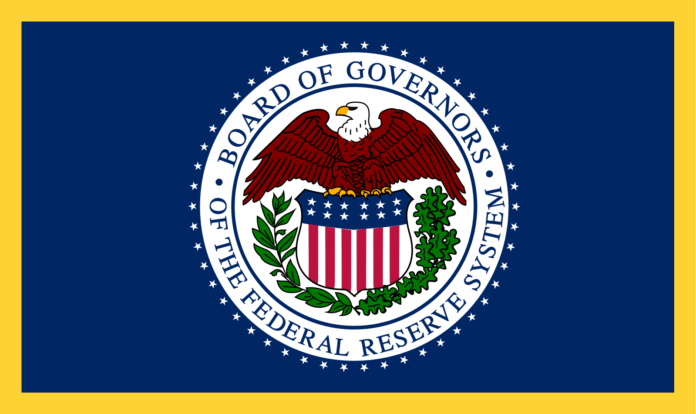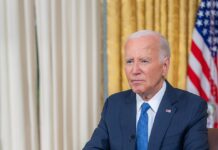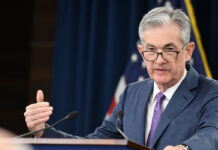The Federal Reserve, in a highly awaited move, has chosen to keep interest rates unchanged, signaling a momentary halt in its vigorous campaign against inflation. This decision comes after the central bank implemented ten successive interest rate hikes over the past year.
In a notable upward revision, the Federal Reserve has recently amended its economic projections for the present fiscal year, indicating a revised stance for key indicators. Furthermore, Gross Domestic Product (GDP) will experience a remarkable surge. Thanks to its growth rate, that has been revised upwards to 1% from the original estimation of 0.4%. The inflation rate, evaluated with the Fed’s preferred measurement, has also undergone a positive revision, with a new figure of 3.9% compared to the previously projected 3.6%. The rate of unemployment will also drop to 4.1%, a remarkable development from the prior estimation of 4.5%.
The Federal Reserve clarified the justification for maintaining the target range during the meeting through a formal statement, indicating that: “considering further action to ensure the 2% inflation rate goal is met, the effects of the past tightening of policy, the timeline between monetary policy and economic activity, and the general economic and financial conditions will be taken into account.”
Members of the Federal Open Market Committee, estimating potential future rate adjustments, have provided a range of expectations, with projections ranging from one to four additional rate hikes after this meeting. The majority of estimates fall within the realm of two more hikes.
At the news conference, Jerome Powell, Chairman of the Federal Reserve, declared that the pause in rate hikes was suitable, yet acknowledged that there are possible risks of inflation increasing.
This decision from the Federal Reserve follows the recent report from the Labor Department, which indicated a slowdown in consumer price index growth for May, marking the lowest rate since 2021. Nevertheless, annual inflation stands at 4%.
Data provided by the government indicated an impressive decline in producer price inflation during May, surpassing all projections with a 0.3% dip. Year-on-year, input costs have gone up by 1.1%.
Bill Adams, Chief Economist of Comerica Bank, remarked on the inflation report, expressing that although the decline is encouraging, one must be cautious as it is mostly due to a decrease in gasoline and diesel prices. This drop is linked to lower- and middle-income Americans, who are struggling financially, choosing to limit their vacation expenditure and, in turn, reducing their consumption of gasoline.
The Federal Reserve’s resolution to maintain the interest rates unchanged signals a strategic response to the evolving economic landscape. With revised projections and careful consideration of multiple factors, the central bank remains vigilant in its pursuit of maintaining price stability and fostering sustainable economic growth.












